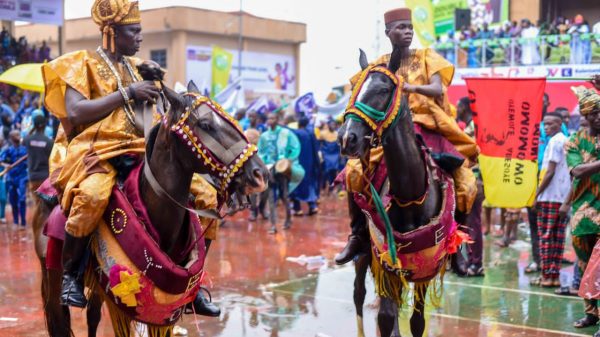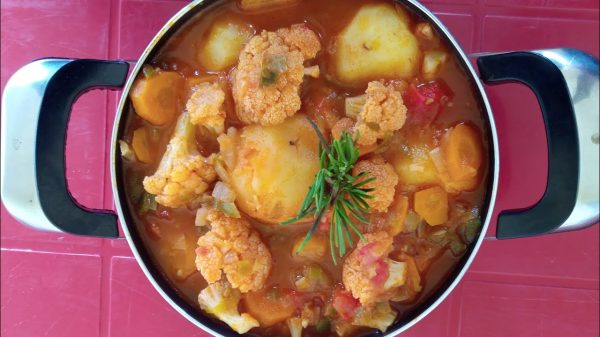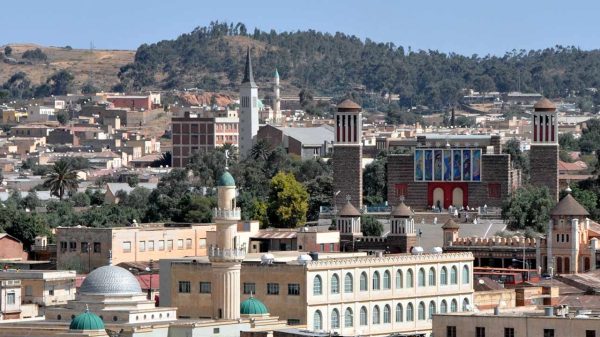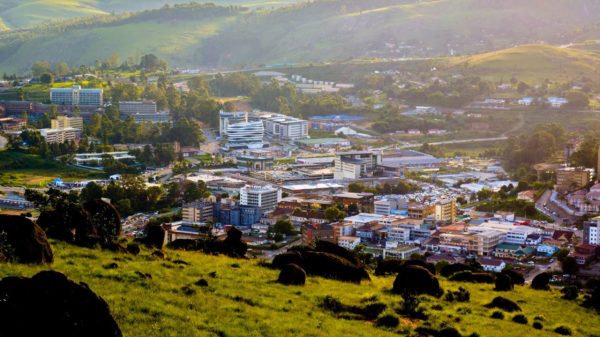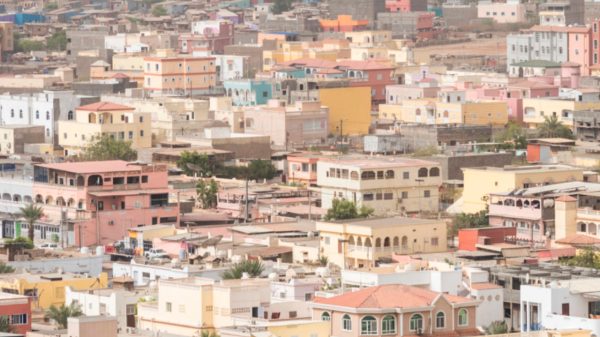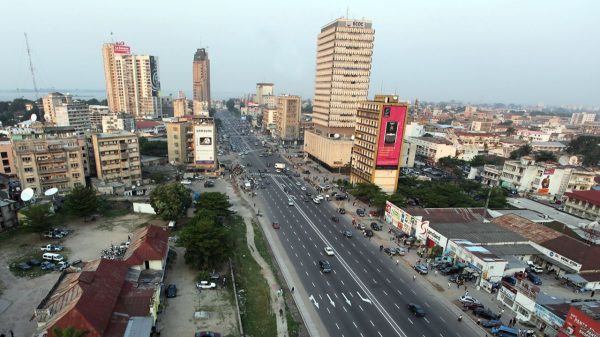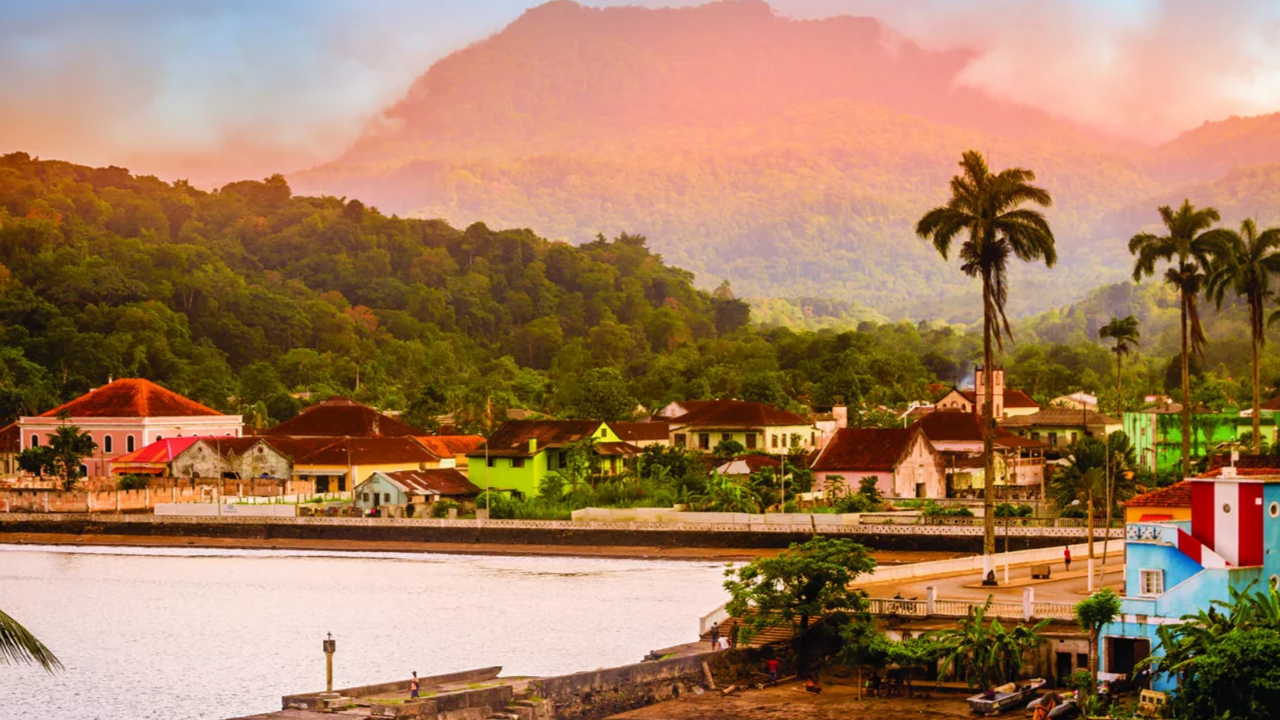São Tomé and Príncipe, Africa’s second-smallest nation, is a captivating archipelago brimming with unique charm.
Discover its volcanic origins, resulting in dramatic landscapes and fertile cocoa plantations, which once made it a world leader in production. Uncover its “leve-leve” philosophy, embracing a relaxed island life. Birdwatchers will delight in endemic species like the world’s smallest ibis, while marine enthusiasts can spot nesting turtles and migrating whales. This Portuguese-speaking nation, with its Creole influences and rich biodiversity, offers a truly off-the-beaten-path experience.
1. Second Smallest African Country
São Tomé and Príncipe is Africa’s second smallest nation, encompassing about 1,001 square kilometers. Comprising the main islands of São Tomé and Príncipe, along with several islets, it has a population of approximately 223,561 as of 2024. Despite its modest size, the country boasts diverse landscapes, including dense rainforests, volcanic peaks, and pristine beaches. This compact yet varied environment contributes to its rich biodiversity and unique ecosystems, making it a significant location for ecological studies and conservation efforts.
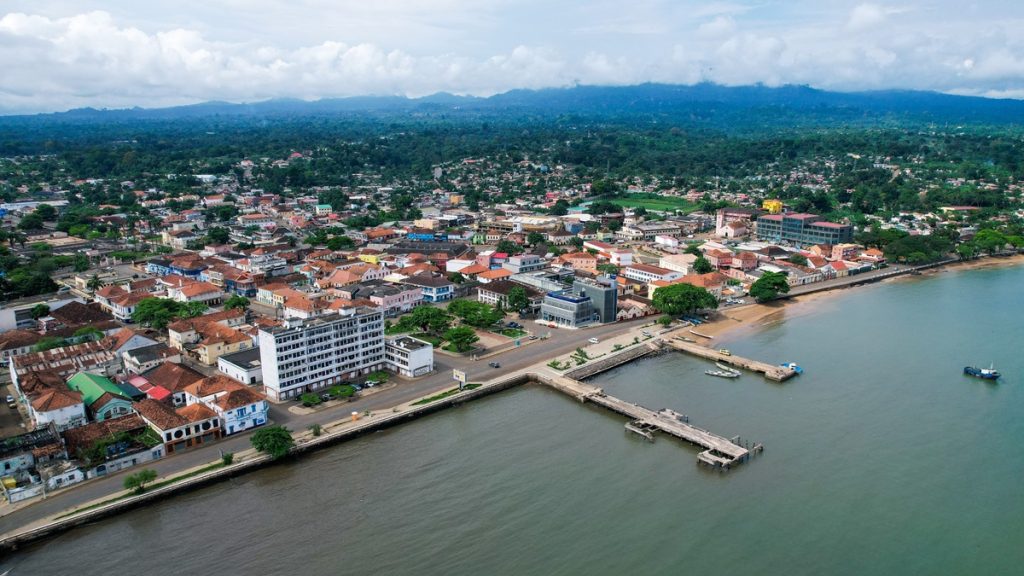
2. Location in the Gulf of Guinea
Situated in the Gulf of Guinea, São Tomé and Príncipe lies about 300 kilometers off Central Africa’s western equatorial coast. This strategic position places the islands near the equator, influencing their tropical climate, which is characterized by warm temperatures and high humidity year-round. The surrounding Atlantic Ocean currents and equatorial location contribute to the islands’ lush vegetation and abundant rainfall, fostering a habitat rich in endemic species and diverse flora and fauna.
3. Uninhabited Until Portuguese Discovery
Before their discovery by Portuguese explorers around 1470, São Tomé and Príncipe were uninhabited. Recognizing the islands’ potential for sugar cultivation, the Portuguese established settlements and introduced enslaved Africans to work on plantations. This marked the beginning of a complex socio-economic history, with the islands becoming significant in the transatlantic slave trade and later evolving into major cocoa producers, shaping their cultural and demographic landscape.
4. Capital City – São Tomé
The capital, São Tomé, is the largest city and administrative center of the nation. Established by Portuguese colonizers, it features colonial-era architecture, vibrant markets, and cultural institutions. The city’s coastal location offers picturesque views of the Gulf of Guinea, while its historical sites, such as the Fort São Sebastião, now housing the National Museum, provide insights into the islands’ colonial past and cultural heritage.
5. Part of the Cameroon Volcanic Line
São Tomé and Príncipe are part of the Cameroon Volcanic Line, a 1,600-kilometer chain of volcanoes extending from Lake Chad through Cameroon and Nigeria into the Gulf of Guinea. This geological formation has resulted in the islands’ mountainous terrains and rich soils, with notable features like Pico de São Tomé, the highest peak at 2,024 meters, and the striking Pico Cão Grande, a needle-shaped volcanic plug rising over 600 meters, attracting geologists and adventurers alike.
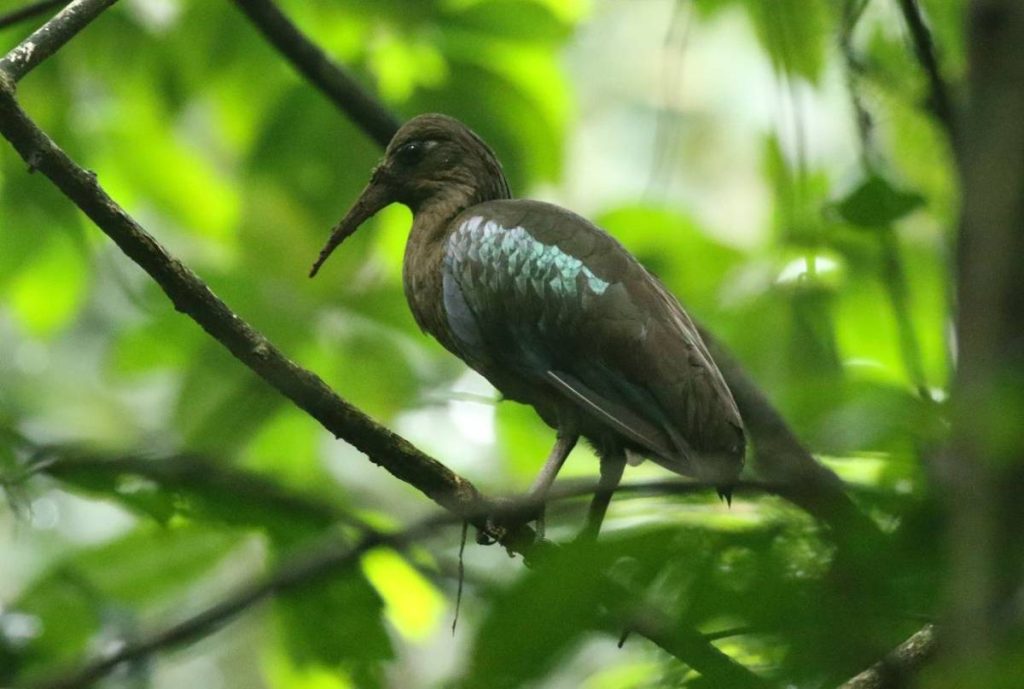
6. Biodiverse Ecosystem
São Tomé and Príncipe are renowned for their rich biodiversity, often referred to as the “African Galápagos.” The islands are home to numerous endemic species, including the world’s smallest ibis, the São Tomé Ibis, and the São Tomé giant treefrog. The lush rainforests harbor rare orchids and medicinal plants, contributing to the islands’ ecological significance. Conservation efforts are in place to protect these unique species and their habitats, making the islands a focal point for ecological research and eco-tourism. Obô Natural Park, covering about 30% of the country, protects these rich ecosystems, making the islands a focal point for conservation efforts and eco-tourism.
7. Economy Centred on Agriculture
Historically, the economy has been heavily reliant on agriculture, particularly cocoa production. In the early 20th century, São Tomé and Príncipe was among the world’s leading cocoa producers. Although production has declined, cocoa remains a significant export. Efforts are underway to revitalize the industry and diversify the economy through tourism and sustainable practices, aiming to reduce dependence on agriculture and promote economic resilience.
8. Portuguese as the Official Language
Reflecting its colonial history, Portuguese is the official language of São Tomé and Príncipe. Additionally, several Creole languages, such as Forro, Angolar, and Principense, are widely spoken, showcasing the islands’ cultural diversity. This linguistic blend influences various aspects of daily life, including music, literature, and media, enriching the nation’s cultural tapestry and fostering a unique identity within the Lusophone world.
9. Democratic Governance
Since gaining independence from Portugal in 1975, São Tomé and Príncipe has established a multi-party democratic system. In 1990, it became one of the first African countries to embrace democratic reforms, leading to peaceful elections and a relatively stable political environment. This commitment to democracy has contributed to social stability and has been a foundation for ongoing development initiatives.
10. Rich Cultural Heritage
The culture of São Tomé and Príncipe is a vibrant blend of African and Portuguese influences, evident in its music, dance, and festivals. Traditional rhythms like soca and semba are integral to local celebrations, reflecting the islands’ diverse heritage. Festivals such as the Festa de São João and Festa do Espírito Santo showcase colorful parades, traditional dances, and communal feasts, highlighting the communal spirit and cultural richness of the nation.
11. Equatorial Climate
Situated near the equator, São Tomé and Príncipe experience a tropical climate characterized by warm temperatures and high humidity year-round. The islands have two main seasons: the rainy season from September to May and the dry season, locally known as “gravana,” from June to August. This climate supports lush rainforests and diverse ecosystems, making the islands rich in biodiversity and natural beauty.
12. “Leve-Leve” Principle
In São Tomé and Príncipe, the “leve-leve” principle embodies a philosophy of life centered on patience, peace, and a carefree attitude. Translating to “easy-easy” or “slowly slowly,” this expression reflects the islands’ relaxed and unhurried lifestyle. Residents often use “leve-leve” to greet one another, emphasizing a communal reminder to take life as it comes, without undue stress or haste. This ethos permeates various aspects of daily life, from social interactions to work habits, fostering a harmonious and contented society. The “leve-leve” approach contributes to the islands’ charm, attracting visitors seeking respite from fast-paced environments.
13. Emerging Tourism Industry
Despite their natural beauty, São Tomé and Príncipe remain among the world’s least-visited countries, with approximately 29,000 tourists in 2017 and peaking at 39,000 in 2019. The islands offer pristine beaches, clear waters, and rich biodiversity, positioning them as an emerging eco-tourism destination. Sustainable tourism initiatives aim to balance economic development with environmental conservation, ensuring that the natural beauty and cultural heritage are preserved for future generations.

14. Culinary Delights
The cuisine of São Tomé and Príncipe is a flavorful fusion of African and Portuguese influences, emphasizing fresh, locally sourced ingredients. Seafood plays a central role, with dishes featuring fish, octopus, and prawns, often accompanied by staple foods like rice and bread made from imported wheat flour. Tropical fruits such as papayas, guavas, and citrus are abundant and commonly incorporated into meals. Traditional dishes like “calulu,” a stew made with fish or meat, vegetables, and palm oil, showcase the islands’ rich culinary heritage.
15. Conservation Efforts
Recognizing the ecological significance of their natural heritage, São Tomé and Príncipe have initiated various conservation projects aimed at protecting endangered species and promoting environmental sustainability. Obô Natural Park, covering about 30% of the country, is a testament to these efforts, safeguarding the islands’ unique flora and fauna. International collaborations and eco-tourism initiatives further support conservation, ensuring that the islands’ natural beauty and biodiversity are preserved for future generations.
Subscribe to our Newsletter
Stay updated with the latest trends in African Pop Culture!



